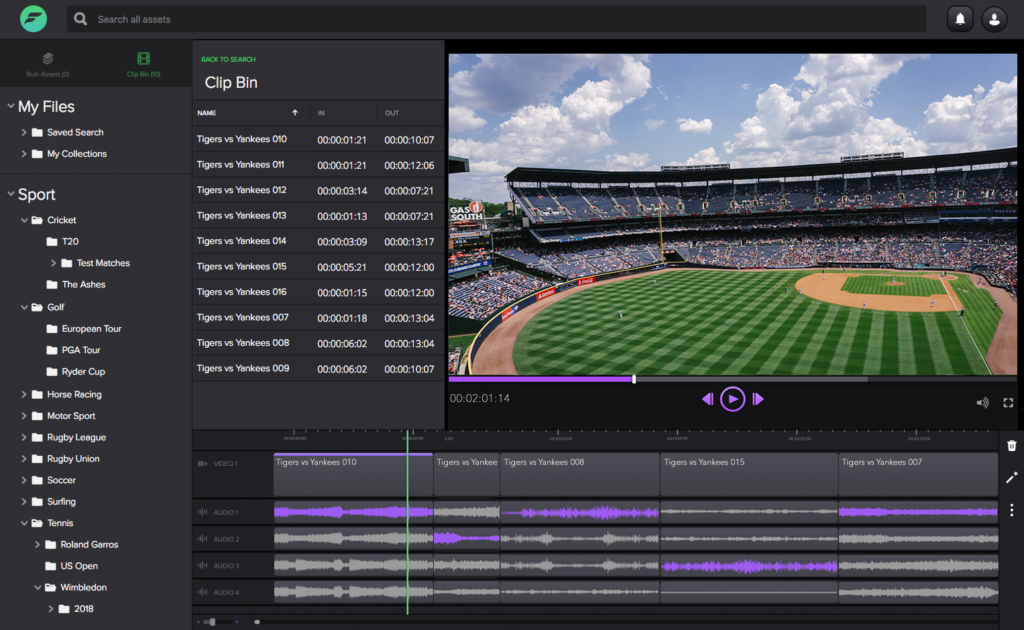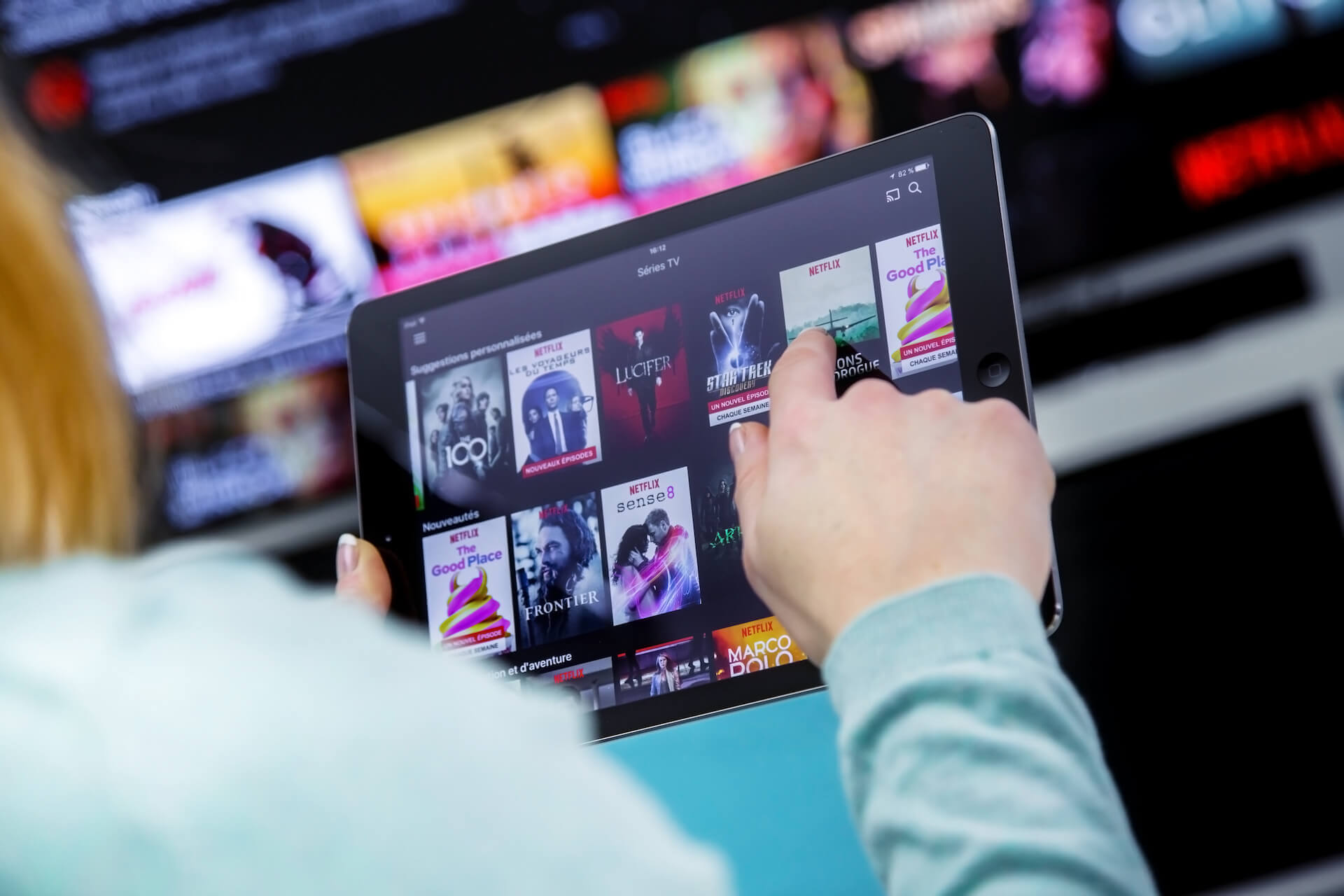Today’s content creators and publishers are faced with a rapidly changing landscape. Any company and brand looking to engage viewers, followers, sports fans, consumers and buyers needs to refocus on their video strategy. Creating great content is no longer sufficient – you also need to keep at least one eye on trends. If you don’t, the rate of change is so fast that you’ll quickly be faced with demands that you simply don’t have the resources for.
Today’s world is radically different
Just twenty years ago, the first primitive video streaming technology emerged, and to early adopters, it was exciting. It was shaky and flaky, but showed potential. Neither YouTube nor Facebook existed. Video was consumed via broadcast or DVD. The rigid standards that bound broadcasters were necessary because TVs at the time couldn’t display anything else.
After years of technology evolution, it became easy to get video to where it was meant to be consumed, and the idea that one day there might be hundreds of video platforms to address, all different in some way or other, was either a distant one or not there at all.
Today, it’s a radically different world, where everyone has a video device in their pocket, where digital video is better than film in every measurable way, where 8K video resolution measured by pixel count per frame is 85 times that of standard definition from two years ago. There’s a variety of video codecs, HDR vs SDR, not to mention complex distribution rights, which might vary from region to region.

Viewing habits are vastly different
Inevitably, viewing habits have changed dramatically. There’s anecdotal evidence that in a typical class of 30 ten – year – olds, precisely none of them will have watched linear TV the night before. Between them, YouTube, Social Media and OTT/OVP sourced media are the dominant platforms for video consumption. “Traditional” linear TV is just one of a myriad of video distribution formats.
The Ooyala Flex Media Platform was developed to be the answer to this explosion of video formats and platforms. It automates content distribution, guided by orchestrated packaging workflows that users create, based on the number and nature of video destinations to be served.
A cloud-native platform at your service
A “cloud-native” platform means that it is modular, scalable and almost infinitely flexible. This is perfect for modern media creators, because their distribution demands will grow quickly, and sometimes unpredictably.
Applications in the cloud are not restricted by size or scale. There are no physical boundaries. If you need more, just ask for it. It’s the same if you need less. A cloud architecture means that you don’t have to make business-critical investments in hardware that risk losses through depreciation, or though an inability to grow and contract with customer demand.
The Ooyala Flex Media Platform is your Cloud Media Factory. An automated content supply chain that allows your team to meet all OTT and multi-platform distribution needs!

Adaptable and secure
Building a cloud-native application – especially one that is optimised for media production and distribution – requires an approach that is both adaptable and secure. For the ultimate in flexibility, the Ooyala Flex Media Platform has microservices as its basic functional blocks. These are essentially “atoms” of functionality. They’re elements of the application that have been made as lean as possible without affecting efficiency. Indeed, breaking down an application like this is a major enhancement to efficiency, because it dispenses with monolithic programs that belong in the cretaceous period.
Microservices communicate with each other and with the outside world through APIs (cCarefully designed gateways that “talk” in a very controlled way to other parts of a program – like a user interface or an external software request for some media).
This approach is intrinsically secure. Even though an application talks to external services, it has to do so in a very specific way. Unusual requests will simply be rejected. There is security at every layer in the system.
What’s the answer?
The answer to the extraordinary rate of change in distribution platforms is to have a flexible, modular, scalable cloud-based application to deal with the complexity. Dalet’s Ooyala Flex Media Platform is designed to deal with a wide range of media operations and scale with them to almost any size. Closely integrated with other Dalet products such as Dalet AmberFin for media processing and Dalet Media Cortex for AI-powered media enrichment, the Ooyala Flex Media Platform can take media from anywhere, to anywhere, automatically and without drama.
Sooner or later (most likely sooner) every organization will be impacted by the rate of change in multimedia content operations. Strategic thinking based on linear growth is no longer an option. The Ooyala Flex Media Platform, a first class citizen of the cloud, is the answer to this sign of the times.
The good news? It’s ready for you to use now, and it will make you fighting fit for the future.
Learn more about the Ooyala Flex Media Platform
Featured in: Cloud | Content Supply Chain | Dalet Flex | OTT |
Lincoln Spiteri heads the engineering team responsible for the development of Dalet Flex (formerly the Ooyala Flex Media Platform). Prior to the acquisition of Ooyala by Dalet, he was a member of Ooyala’s executive team responsible for R&D, engineering, and security. He has over 20 years of experience building software, leading engineering teams and operations across industries.
More Articles By Lincoln



